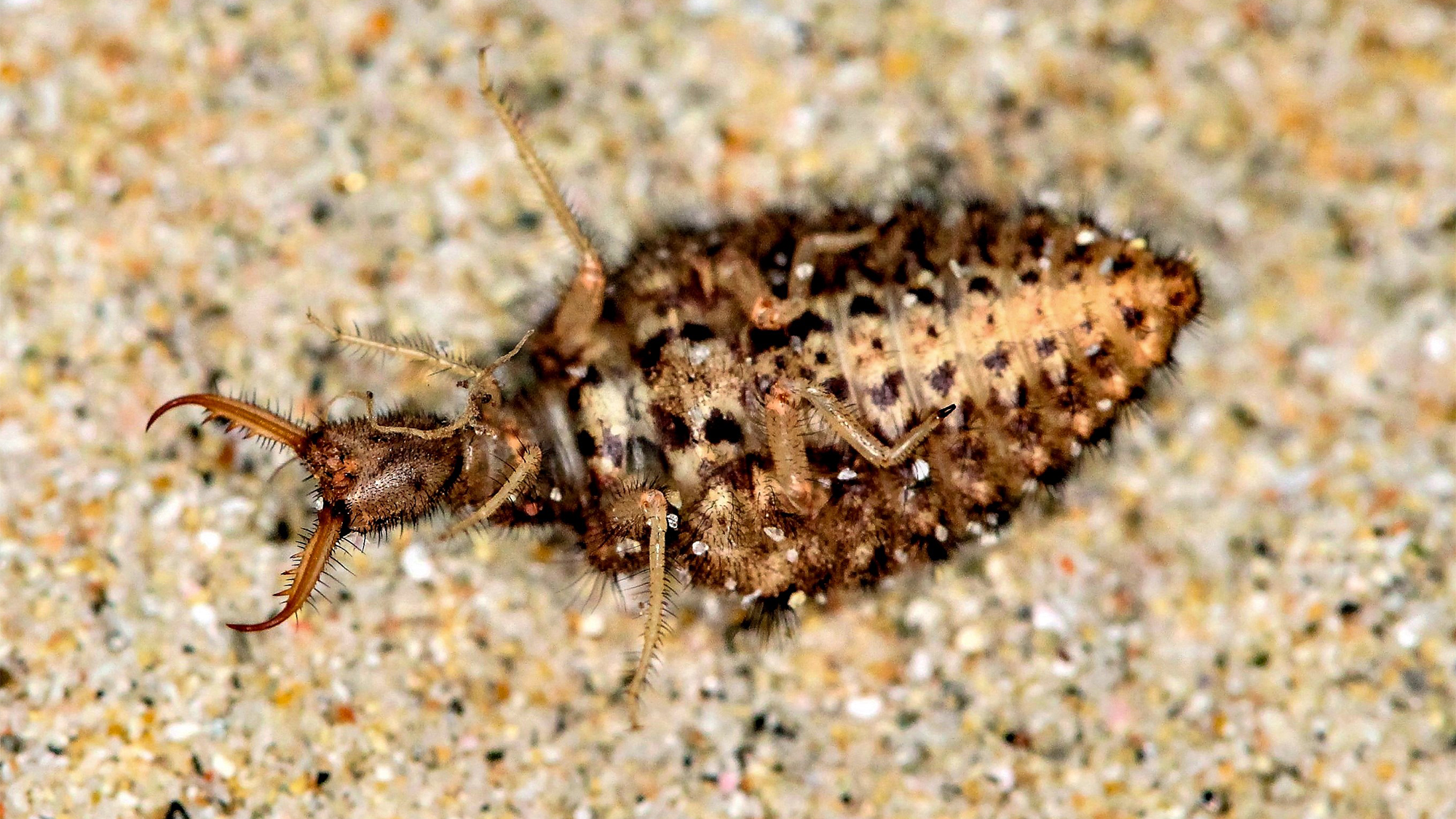

Sometimes, when an animal comes in contact with a predator, its last ditch effort to survive is to lay down completely still or “play dead.” But what happens later? Scientifically referred to as post-contact immobility, the steps that some animals take after playing dead appear to be very individualized and random. A study of small insects published August 22 in the journal PLOS ONE found that it is virtually impossible to predict just how long one is going to play dead or what they do when they feel that the coast is clear, and they may tailor their response to the situation.
Why animals play dead
Some animals lay completely still to trick a predator into thinking that it is a rotting corpse that is dangerous to eat. Some snakes will even secrete blood and poop to look like they are in an even further state of decay and not at all appetizing. Opossums are arguably the most famous animals for deploying this tactic, but it has also been observed in sharks that go belly-up when approached by a predator, domestic chickens, and more.
[Related: These snakes play dead, bleed, and poop to avoid being eaten.]
This new study looked at antlion larvae (Euroleon nostras)–a group of over 2,000 species of small fuzzy insects known for burrowing and eating ants. The bugs tend to seek safety by submerging into the material that they live in. A 2021 study of antlion larvae from the same team revealed that the insects become completely still after being individually handled by scientists when it was time for them to be weighed. Getting accurate measurements of these small bugs can be a real challenge, since they can move around the pan of the scale. However, the team saw that the antlion larvae remained totally still for more than enough time for their weight to be taken.
Context matters
Building on that research, the team observed how antlions react to a perceived predator. They used automated video tracking of the insects’ intermittent movements on different substrates–or the various layers of sand, soil, or other material that they live in.
They found that an antlion’s actions after it finishes playing dead depends on what escape paths are available, including burrowing deeper or burying themselves in a top layer. The wake up and escape behavior was highly individualized and unpredictable, with one of the antlions staying completely still for over an hour.
“We chose to investigate this so-called ‘death-feigning’ behavior and we found that the amount of time individual antlions remain stationary is completely unpredictable for any one individual, evolutionary biologist Nigel Franks, a study co-author and professor emeritus at the University of Bristol in England, said in a statement.
Their post-contact stillness was completely random, but could be widely predicted across the insects. This is similar to how radioactive atoms move.
“So just as with radioactive atoms, when an individual changes state is unpredictable, but the population pattern is perfectly predictable,” said Franks.
[Related: Female frogs appear to play dead to avoid mating.]
The team believes this means playing dead is considered an adaptive action. With this unpredictability, a predator would not know how long to wait for its potential prey to move again and become more recognizable. The antlions appear to have adapted the ability to wait until they perceive that it is safe before they move around. However, it is also possible that a predator carrying an antlion may drop an antlion onto a harder surface like concrete that it can’t burrow into quite as easily. Further study is needed to test out these scenarios.
“Our study might well be the first to determine what animals do after they have played dead, and we show that what they do is context dependent. It is a trade-off,” said Franks. “So, our work opens up the field of studying life after death in the huge range of animals that exhibit death feigning, thanatosis or what we prefer to call post-contact immobility.”